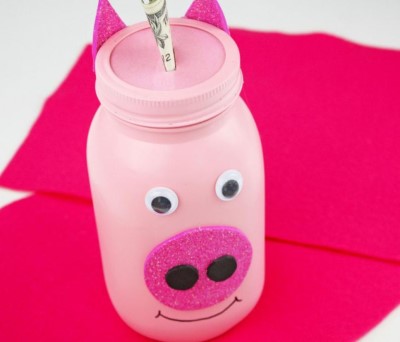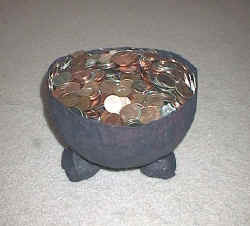DLTK's Crafts for Kids
Fun and Educational Money Activities My Kids Love

Hey there, fellow parents! As we all know, teaching our kids about money management is essential for their future success. But how do we make these lessons engaging and fun? Fear not, because today I'm sharing five exciting and educational money activities that my kids absolutely love. Let's dive in!
DIY Piggy Banks
One of our favorite family activities is creating our very own piggy banks. This not only sparks my kids' creativity, but it also encourages them to save money. We use simple materials like empty jars or milk cartons, then let our imaginations run wild with paint, stickers, and glitter. My kids are always proud of their creations and excited to start filling them with coins.
 |
|
 |
|
 |
|
 |
|
 |
|
 |
|
 |
|
 |
The Three Little Piggybanks children's story |
Money-Themed Board Games
Board game nights are a staple in our household, and we love to incorporate money-themed games that teach valuable financial skills. Monopoly, Payday, and The Game of Life are just a few of our favorites. These games not only provide hours of entertainment but also help my kids learn about saving, investing, and making wise financial decisions in a fun and engaging way.
Budgeting Exercises
To help my children understand the importance of budgeting, we regularly practice creating hypothetical (or real life) budgets. We come up with different scenarios, like planning a birthday party or a family vacation, and work together to allocate funds for various expenses. This hands-on approach teaches them how to prioritize their spending and make smart choices with their money.
Visiting a Local Bank or Credit Union
 A great way to demystify the world of finance for your kids is by taking them on a field trip to a local bank or credit union. Most financial institutions are more than happy to spend a bit of time chatting with children and explain how banking works. My kids loved the experience and gained a better understanding of the importance of saving and managing their money wisely. The last Friday in April is National Teach Your Children to Save Day and many banks plan to spend a bit of extra time with kids near that day.
A great way to demystify the world of finance for your kids is by taking them on a field trip to a local bank or credit union. Most financial institutions are more than happy to spend a bit of time chatting with children and explain how banking works. My kids loved the experience and gained a better understanding of the importance of saving and managing their money wisely. The last Friday in April is National Teach Your Children to Save Day and many banks plan to spend a bit of extra time with kids near that day.
Grocery Store Price Comparison Challenge
Take your kids on a shopping trip and encourage them to compare prices of various products. This helps them understand the value of comparison shopping and teaches them to look for better deals. It's likely a bit much to do this for every item so choose an item or two that teaches the lesson well (for example, something that's on sale during the week) and one or two of their favourite items to have in the house. I still remember the hilarity that ensued when my wife turned our daughter Tasha into a pro-shopper when she set her loose in the grocery store with instructions to make her own strawberry salad!
Chore-Based Allowances
Create a chore chart for your children, assigning a monetary value to each task. This teaches them the value of hard work and the connection between earning and spending money.
 Money Math Puzzles
Money Math Puzzles
Create or find math puzzles that involve money, such as counting coins or calculating change. This reinforces basic math skills while helping kids become more comfortable with money-related calculations.
Financial Goal Setting
Encourage your children to set financial goals, such as saving for a specific toy or experience. Help them create a plan to achieve their goal, teaching them the importance of discipline and planning in achieving financial objectives.
Print a goals chart (basically, the same as a "gold star" chore chart) and use it to keep track of progress towards their savings. For a "seven stars" goal trackers, I would break their goal into seven steps:
#1 Set the goal! This is a big step... figure out what you're saving for, how much you need to save and how you are going to earn your savings.
#2 through #6 Place a star each time you accumulate 1/5 or 20 percent of the money you need to reach your goal (Place your sixth gold star AFTER you've saved up all your money)
#7 Fulfill the goal! (Place your final gold star AFTER you've purchased the item you've been saving for)
Role-Playing Money Scenarios
Set up role-playing scenarios where your children act as customers, cashiers, or even bankers. This helps them understand different aspects of financial transactions and the responsibilities associated with money management. Games like Monopoly and the Game of Life are fun, family tools -- especially if you allow the kids to help with the banker role.
By incorporating these fun and educational money activities into our family routine, my children have become more enthusiastic about learning financial skills. Give these activities a try, and I'm sure your little ones will also discover that learning about money can be both enjoyable and rewarding. Happy saving!